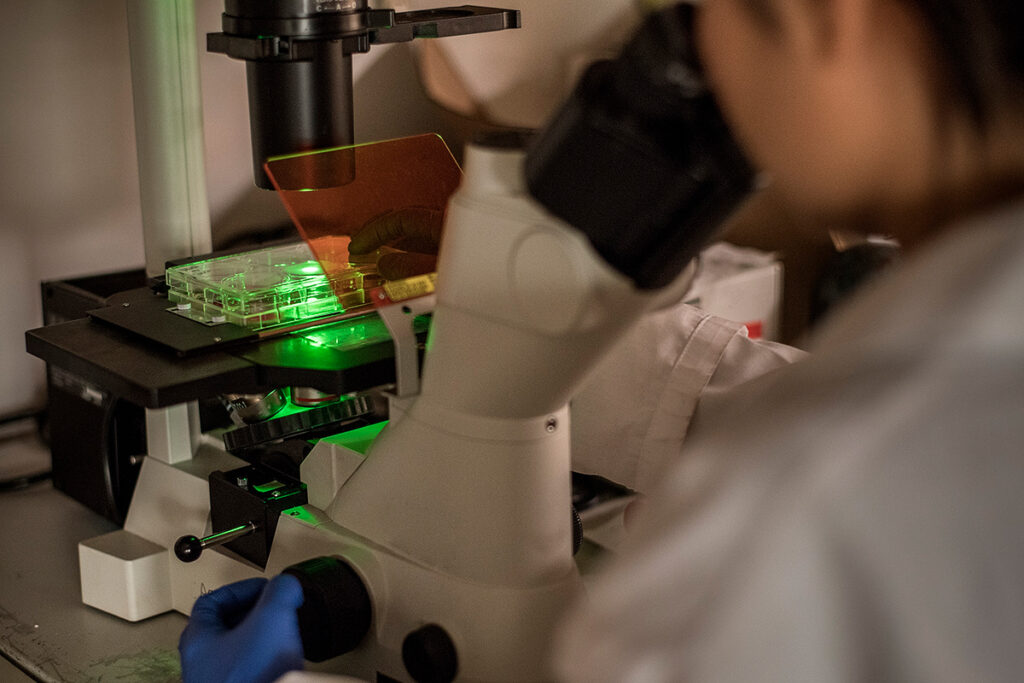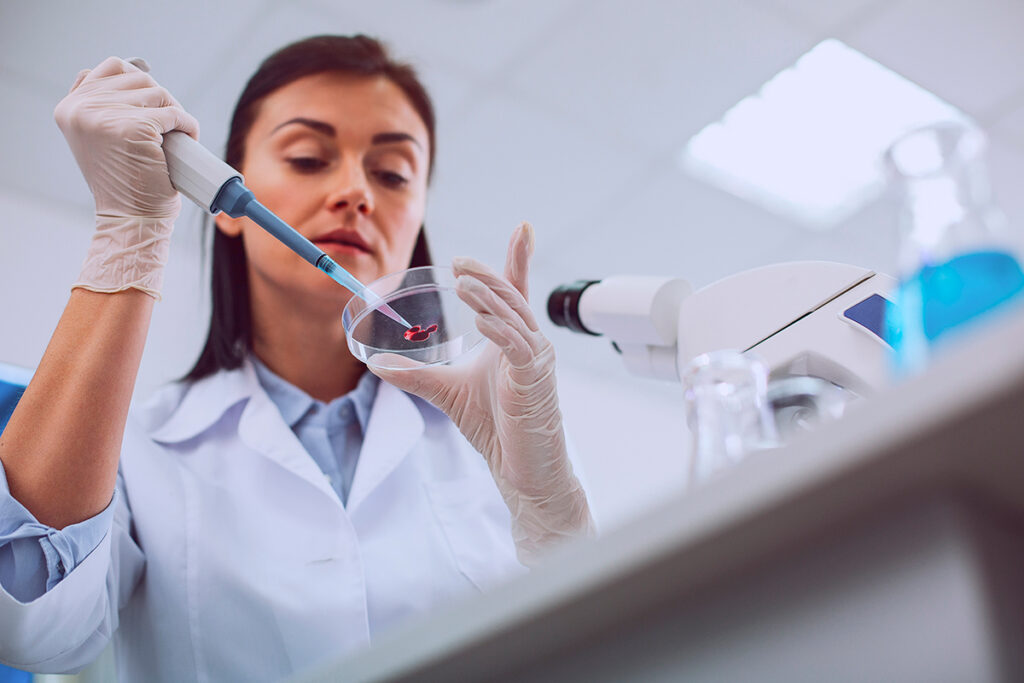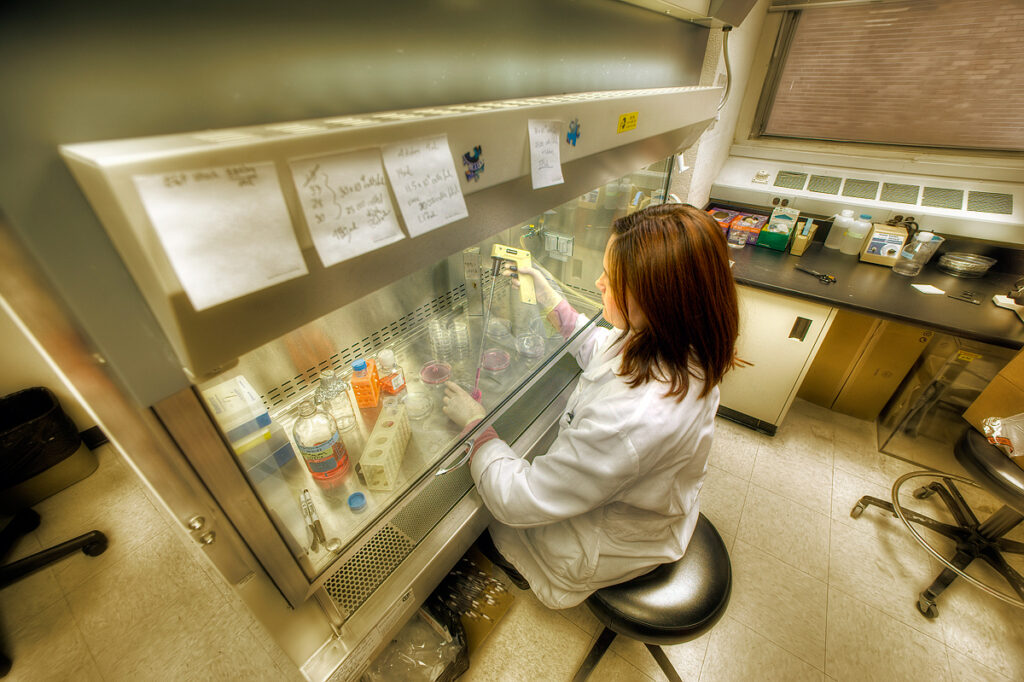The U.S. Centers for Disease Control and Prevention (CDC) has published guidelines that reduce isolation time to five days after a positive coronavirus test result or onset of symptoms. People released from isolation may not be retested for COVID-19 but must wear a mask for another five days.
Decree of the Chief State Sanitary Doctor of the Russian Federation dated February 2, 2022 No. 4 allows quarantine to be released after COVID-19 without a negative test for coronavirus if the treatment lasted 7 or more calendar days.
Isolation is needed to prevent infection of others. It is most effective when COVID-19 is detected early, and patients remain isolated throughout the contagious period. Most cases of coronavirus transmission occur 1-2 days before the onset of symptoms and 2-3 days after. At this time, the patient is most contagious.
The Ct value can judge infectivity as a result of the PCR test. The lower the Ct value, the higher the viral load in the upper respiratory tract. Ct < 30 means the person is contagious. A more accurate method for assessing infectivity is to measure the number of virus particles that can replicate. American scientists used both methods to determine how many days a person remains contagious with Omicron and determine the optimal duration of isolation and testing strategies.
Scientists collected and analyzed 10,324 SARS-CoV-2 virus samples from 537 participants in the National Basketball Association (NBA) occupational health program between July 5 and January 10, 2022. This program includes daily PCR tests and tests for symptoms of COVID-19 and after possible contact with infected people.
Positive PCR tests included 107 infections with the Delta strain and 97 infections with the Omicron strain. People who were found to have COVID-19 were tested almost daily.
Separately for each Delta and Omicron strain, scientists evaluated:
- Duration of viral proliferation – the time from the first detection to the peak concentration of the virus.
- Duration of virus clearance – the time from peak viral concentration to clearance of acute infection.
- Duration of acute infection – duration of proliferation plus time of clearance.
- Peak virus concentration for each person.
Of 27 people infected with Omicron who tested positive ≤ 1 day after a previous negative or questionable test:
- 52% were PCR positive with Ct values < 30 on day 5 after discovery;
- 25% – on the 6th day;
- 13% – on the 7th day.
Of 70 people infected with Omicron who test positive ≥ 2 days after a previous negative or questionable test:
- 1% were PCR positive with Ct values < 30 on day 5 after discovery;
- 3% – on the 6th day;
- 2% – on the 7th day.
The average duration of the Omicron strain is 9.87 days, and the Delta strain is 10.9 days.
The proliferation phase for Omicron is 4.52 days. However, the duration of the proliferation phase of Omicron depended on individual characteristics and ranged from 1.1 to 9.7 days.
Peak viral load is lower for Omicron infections than for Delta infections: Ct 23.3 and 20.5, respectively.
The clearance phase is shorter for Omicron infections than for Delta infections: 5.35 and 6.23 days, respectively.
The clearance rate is similar for Omicron and Delta: 3.13 Ct/day and 3.15 Ct/day, respectively.
By day 11 after detection of COVID-19, all individuals tested had Ct values ≥ 30. In addition, all individuals were PCR-negative on day 15 after detection of COVID-19.
Conclusion
The viral load during infection with the Omicron strain is lower than that of the Delta strain, and the clearance phase is shorter. However, more than half of those tested were still contagious on day 5 of infection. Omicron lasts about 10 days. Therefore, five days of isolation may not be enough to prevent the spread of the coronavirus.
Useful article, necessary information? Share it!
Someone will also find it useful and necessary:
References
- Viral dynamics and duration of PCR positivity of the SARS-CoV-2 Omicron variant
- CDC Updates and Shortens Recommended Isolation and Quarantine Period for General Population



